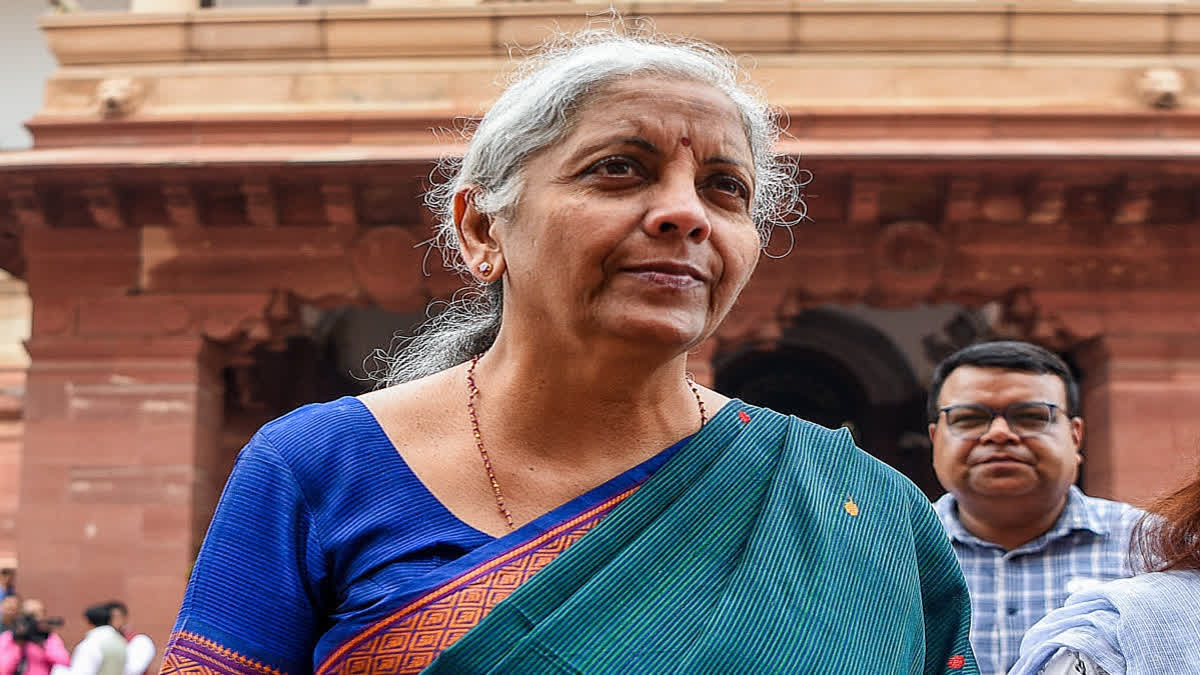New Delhi: Next week, Finance Minister Nirmala Sitharaman is going to present the first budget of Prime Minister Narendra Modi’s third term. It will be a full budget for the financial year 2024-25 as the interim budget for the year was already presented in February this year, just before the general election. India’s union budget size has grown significantly in recent years, from nearly Rs 27 lakh crores in FY 2019-20 to an estimated Rs 47.66 lakh crores by the end of this financial year, a growth of over 76 per cent in just five years.
This huge amount of the Union budget alone translates into 15 per cent of the country’s estimated nominal GDP for the current financial year which has been estimated at Rs 327 lakh crores as per the data given by the finance minister in the interim budget for 2024-25.
An analysis of the budget data by ETV Bharat shows that the compound annual growth rate of the Union Budget has been higher than the country's nominal GDP growth rate during the five-year period. Under Article 112 of the Constitution, the Union government presents an Annual Financial Statement of its estimated receipts and expenditures for a financial year to the Parliament which is usually referred to as the Union Budget.
So how does the government arrange such a massive fund?
There are three main sources to fund such a massive budget. These are revenue receipts (tax revenue and non-tax revenue) and capital receipts (borrowings and recovery of loans) of the government, which are essentially borrowing by the government to meet the shortfall in its overall budgeted expenditure and its revenue collections.
Revenue Receipts
Government revenue receipts are divided into two parts – tax revenue receipts which is basically the Centre’s share in taxes and duties collected such as income tax, corporate tax, customs duty, excise duty, and GST among others. Non-tax revenue receipts include dividends and profits paid by public sector companies and banks, among other such receipts.
Tax revenue
Tax revenue collected by the government is the biggest of all three sources of money collected by it. In 2019-20, the net revenue to the centre accounted for 13.57 lakh crore, which was 50.5 per cent of the total budget of 26.86 lakh crores in that year. So tax revenue accounted for little over half of the government’s total receipts in that year.
However, this year, tax revenue (net to the centre) is expected to increase to Rs 26 lakh crores. In other words, it is expected to almost double in the five-year period.
As a percentage of the total receipts of the Union government, the tax revenue alone accounts for nearly 55 per cent of the total expenditure this year.
Given the trends, it is clear that the share of taxes in the government’s overall receipts and expenditure has increased from 50.5 per cent to nearly 55 per cent in the five-year period.
Non-tax revenue
